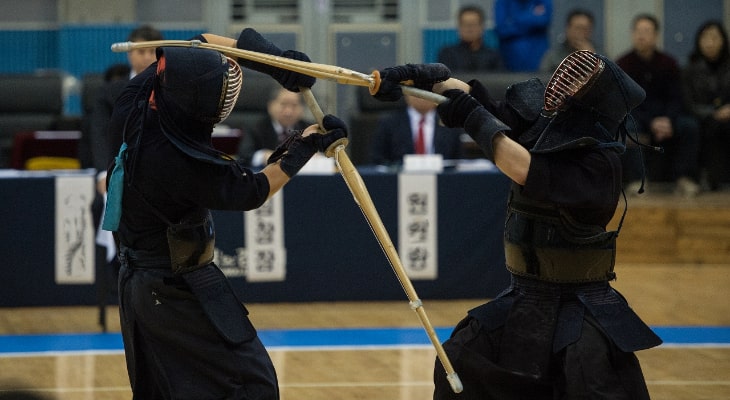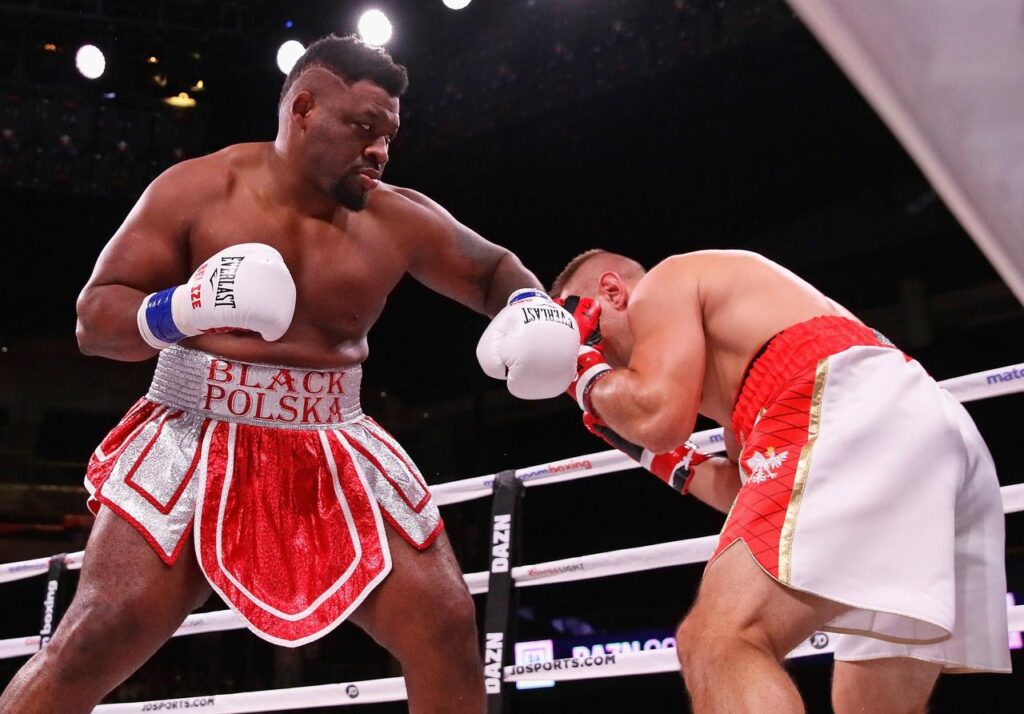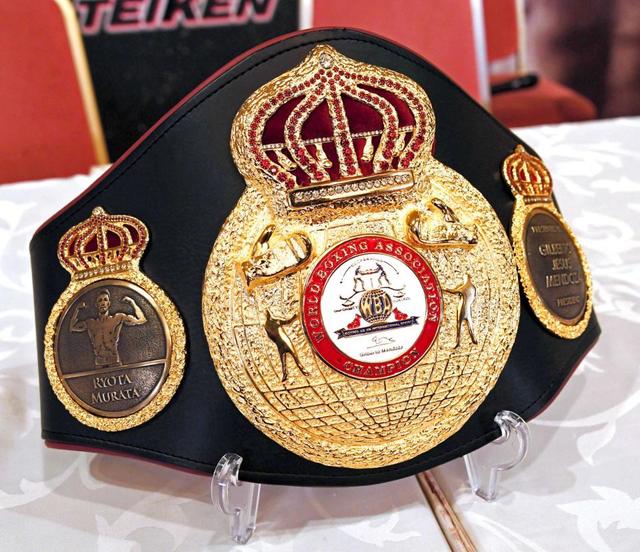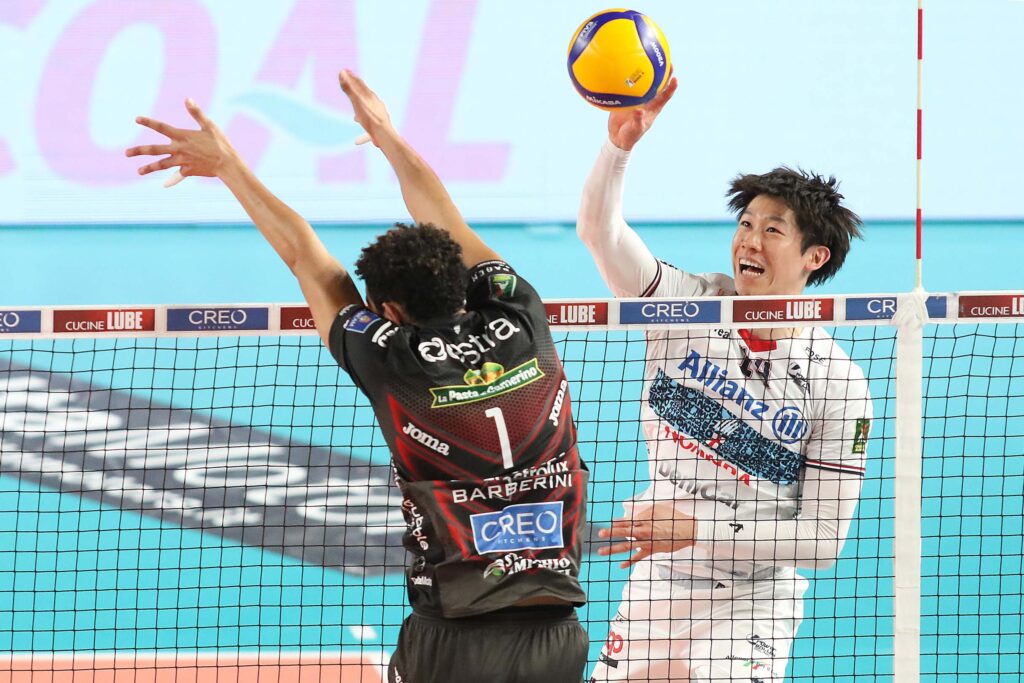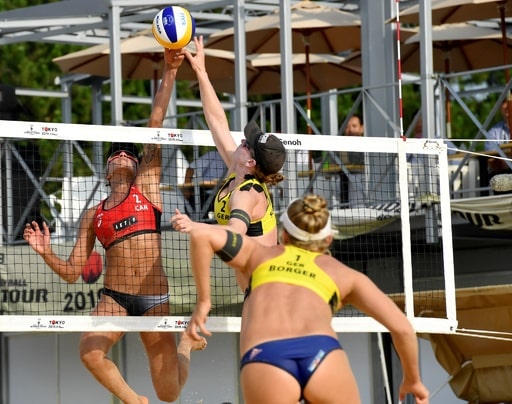
Beach volleyball is popular as a dynamic sport enjoyed on the beach or outdoors in the summer, but it is a sport that requires a deeper strategy than simply hitting the ball back.
The core of this strategy is an accurate understanding of the rules and the technique of feint attacks to outwit the opponent.
In this article, we will thoroughly explain the basic rules of beach volleyball, as well as the feint techniques that will give you an advantage in the game.
We will introduce key points that will help all players, from beginners to experts, understand the game more deeply and enjoyably.
Now, let’s dig deeper into the appeal of beach volleyball.
目次
Key points of beach volleyball basic rules
Beach volleyball attracts many fans due to its attractive play and strategy.
However, in order to get the most out of the fun, it is necessary to understand the basic rules of the game.
Here, we will briefly explain the main rules that you should keep in mind when starting beach volleyball.
Scoring method
Beach volleyball uses a rally point system. This is a rule that not only the serving team gets points, but also the team receiving the serve.
Games are usually played on a best-of-two set basis, with each set being won by the first to score 21 points.
However, in the case of a deciding set (third set), the first player to score 15 points will be the first to score, and the game will continue until there is a two-point difference in any set.
serve rules
Serves in beach volleyball are performed from the back of the court.
When serving, you must be careful of foot faults (feet crossing the service line).
A serve can be hit anywhere in the opponent’s court, but even if the serve touches the net, it is still valid as long as it enters the opponent’s court.
Substitution system
Beach volleyball is a sport played in pairs, and there is generally no substitution system.
This means that players are not allowed to be substituted during the game.
However, players are free to change positions and can take any position after the serve.
Set-piece and attack rules
In beach volleyball, pushing or catching (carrying) the ball with open hands is prohibited.
A set play (assist) requires precise control of the ball and passing it to your partner. Also, when attacking, the moment the ball is hit must be a clear hit.
block and defense
Blocking is the act of stopping an opponent’s attack directly on the internet. If you successfully block and the ball falls into the opponent’s court, you will earn points.
Regarding defense, it is an important element to receive the opponent’s attack and aim for a counter.
In beach volleyball, quick footwork and precise ball control are essential for successful defense.
By understanding these basic rules and putting them into practice, you will be able to enjoy the game of beach volleyball even more.
From beginners to advanced players, always keeping the rules in mind is the key to improving the quality of your play.

Rules for feints in beach volleyball
In beach volleyball, feint attacks are an effective means to enrich match strategy and confuse opponents.
However, when performing a feint, it is necessary to follow the rules of the International Volleyball Federation (FIVB) and each tournament.
Here, we will take a closer look at the basic rules regarding feint attacks and points that players should be aware of.
Basic rules for feint attacks
Feint attacks in beach volleyball are not strictly defined in the rulebook, but there are some basic principles.
- Attack Strike Rules : Feints are performed as a form of attack strike, so the general rules for attack strikes apply. For example, when hitting, you need to hit the ball cleanly with your hand or arm.
- No Over-Netting : During a feint attack, a player may not extend his hands or body beyond the net to the opponent’s side. This is considered interference through the internet and is a violation.
- Ball Rotation Restrictions : Especially at advanced levels, there are restrictions on the ball rotation when performing feints. The less spin, the more likely the feint will be successful, but feints with an overly spinning ball can be easier for the receiver to read.
Tip plays using the pads of the fingers are prohibited in beach volleyball.
It is possible to play using the back of the finger (called a pokie) or using the tip of the finger (cobra shot) to control the game.
Be careful of these rules when making feints
Points to note
- Consideration for the opposing team : Beach volleyball is a sport that values sportsmanship, and players must always be respectful of the opposing team when performing feint attacks. Even when using feints, it is important to keep the game fair.
- Referee’s Decision : Feint attacks may depend on the referee’s decision. The final decision on whether an attack is against the rules will be made by the match referee, so please always remember to act within the rules when performing feints.
Feint attacks make beach volleyball matches more dynamic and attractive, but it is important to understand and adhere to the above rules and restrictions when performing them.
By following the rules and making full use of tactical feints, your beach volleyball play will become even more sophisticated.

Examples of feint attacks learned from professionals
Professional beach volleyball players know how to use feint attacks to toy with their opponents and advance the match to their advantage.
By analyzing the play of these top players, you can get tips to improve your own beach volleyball technique.
Here we will explain some examples of feint attacks seen in professional matches and the tactics behind them.
Example 1: Shortcut feint
Top players throw their opponents off balance by displaying powerful spikes, then suddenly changing trajectory and performing shortcut feints.
This technique involves taking an offensive stance and suddenly dropping the ball close to the net with a light touch, placing the ball in front of the opponent’s defensive line.
The success of this tactic relies on the opponent’s defense being deep.
Example 2: Pokie Shot
A pokie shot is a feint technique in which you lightly poke the ball with your fingertips, and is especially effective when your opponent is concentrating on blocking.
Professional players use this technique to aim outside and above the blocker’s hands.
The key to a pokey shot is a precise touch on the ball and insight into your opponent’s block.
Example 3: Lob shot
A lob shot is a feint technique in which the ball is slowly floated toward the back of the opponent’s court.
Professional players use this technique to lure opposing defenders forward and place the ball behind them.
The secret to success lies in the arm swing at the moment of hitting the ball and in accurately predicting the ball’s landing point.
Example 4: Cut shot
A cut shot is a feint technique that abruptly changes the direction of attack, causing the ball to slide to the side of the court to deceive the opponent.
Professional players exploit gaps in defense by instantly changing direction from the stance of their spikes.
The key to this feint is controlling the height of the ball and the rotation of the ball.
What we can learn from these examples is that successful feint attacks depend not just on technique, but on tactical thinking and the ability to accurately read the opponent’s movements.
By understanding these feint techniques used by professional players and incorporating them into your practice, you can take your beach volleyball game to the next level.

summary
One of the charms of beach volleyball is its tactical skill. Among them, feint attacks are a very effective tactic to outwit your opponent.
In this article, we have explained the basics of feints in beach volleyball, as well as advanced techniques learned from the pros.
Successful feint attacks are cultivated through understanding the rules, accurate ball control, insight into reading the opponent’s movements, and above all, practice.
Starting with the main points of the basic rules, we learned the types of feints, how to use them effectively, and the rules and precautions when performing feints.
We also saw the tactical depth and technical sophistication of feint attacks used by professional players in real matches.
If you want to improve your beach volleyball game, using feint attacks effectively is essential.
By finding opportunities for feint attacks during play and confusing your opponent, you will be able to turn the flow of the match to your advantage.
However, proper knowledge and extensive practice are essential to mastering these techniques.
Incorporate the tips introduced in this article into your practice and hone your beach volleyball skills.
Ultimately, these techniques will transform your game and make you a more competitive player.
